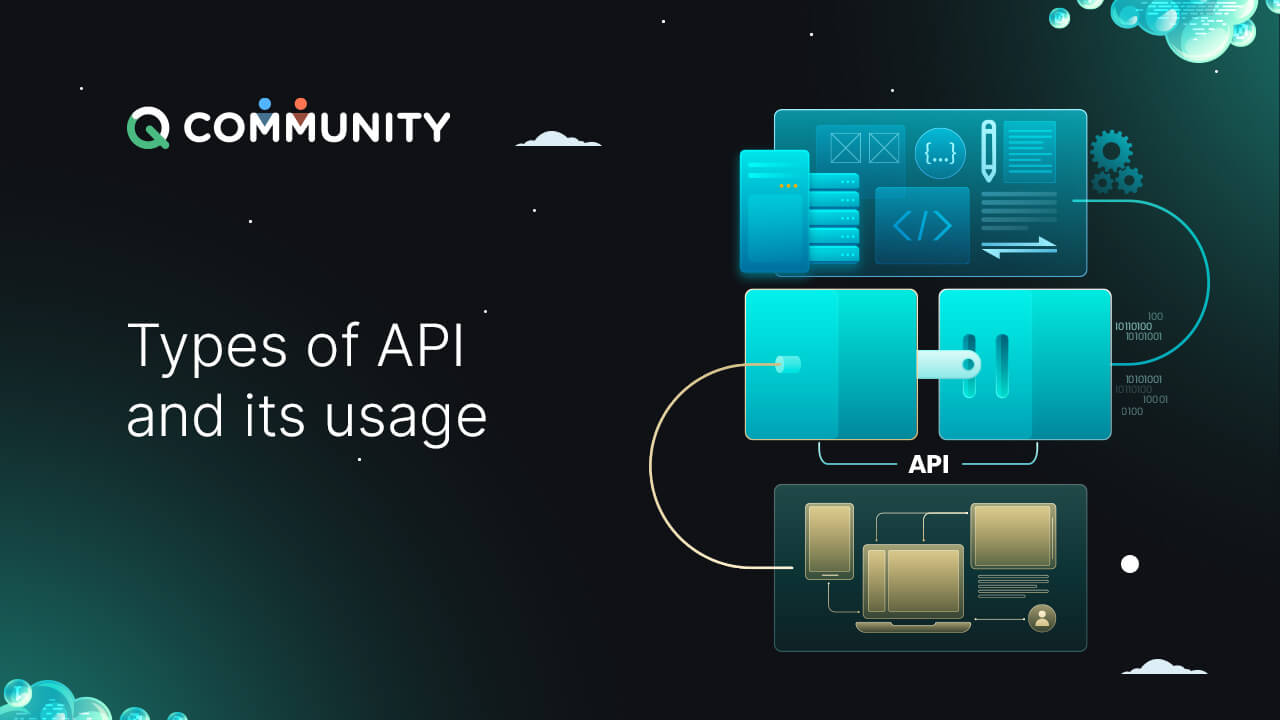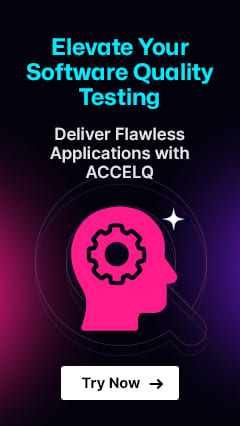Types of API protocols- REST, SOAP, graphQL, gRPC

APIs have become the standard for every company that wants to innovate. They play a crucial role in enabling communication and integration between different systems and software applications, and they are an essential part of the present technology. APIs are driving technological innovations, be it web/mobile development, cloud computing, or IoT. According to RapidAPI, about 71% of APIs are used for integration purposes.
Depending on the standards and underlying protocols, there are various types of APIs.
REST API:

REST (Representational State Transfer) is a software architectural style that defines a set of constraints and properties for creating web services. REST APIs are designed to be lightweight, easy to use, and flexible, making them a popular choice for building web services. A REST API uses HTTP methods (such as GET, POST, PUT, DELETE) to perform actions on resources identified by a URL.
Example: The Stripe API allows developers to accept and process payments in their applications. It provides methods for creating and managing payments, subscriptions, and customers.
Advantages of REST APIs:
- Flexibility: REST APIs are flexible because they use the HTTP protocol, which is supported by almost all web browsers and servers. This makes it easy to build and consume REST APIs on a wide range of platforms.
- Scalability: REST APIs are designed to be scalable, allowing them to handle a large number of requests without affecting performance. This makes them suitable for use in high-traffic systems.
- Ease of use: REST APIs are easy to use because they use simple HTTP methods (such as GET, POST, PUT, DELETE) to perform actions on resources identified by a URL. This makes them easy to understand and work with, even for developers who are new to web services.
- Language-agnostic: REST APIs are language-agnostic, meaning they can be implemented in any programming language. This makes it easy to build and consume REST APIs from a variety of different systems.
Disadvantages of REST APIs:
- Statelessness: REST APIs are stateless, meaning they do not store client context between requests. Each API call should be loaded with all the necessary information to process the request. This can make it more difficult to build applications that require a high level of state management.
- Caching: REST APIs do not have built-in support for caching, so developers must implement caching manually if it is required.
- Security: REST APIs do not have a built-in mechanism for securing data, so developers must implement security measures (such as SSL/TLS or OAuth) manually.
- Performance: REST APIs can be slower than other types of APIs, such as SOAP or GraphQL because they require more overhead (such as parsing HTTP headers) to process requests.
SOAP API:
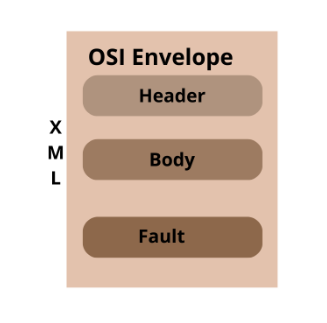
SOAP (Simple Object Access Protocol) is a protocol for exchanging structured information in the implementation of web services in computer networks. It uses XML as its message format and relies on other application-level protocols for message negotiation and transmission. SOAP can work over both HTTP and SMTP protocols. SOAP APIs are often used for building enterprise-level applications that require high security and reliability.
Example:AWS provides a number of SOAP APIs for interacting with its cloud computing services, including the Amazon EC2 API for managing virtual machines and the Amazon S3 API for storing and retrieving data.
Advantages of SOAP APIs:
- Security: SOAP APIs have built-in support for security features, such as encryption and authentication, which makes them suitable for use in enterprise-level systems that require a high level of security.
- Interoperability: SOAP APIs are designed to be interoperable, meaning they can be used with a wide range of programming languages and platforms. This makes it easy to build and consume SOAP APIs from different systems.
- Extensibility: SOAP APIs are extensible, meaning they can be easily extended to support new features or functionality.
- Error handling: SOAP APIs have built-in support for error handling, allowing developers to easily identify and resolve issues that may arise during API calls.
Disadvantages of SOAP APIs:
- Complexity: SOAP APIs are more complex than REST APIs because they use XML for message formatting and require the use of additional protocols (such as WS-Security) for security and reliability.
- Overhead: SOAP APIs have more overhead than REST APIs because they use XML for message formatting, which can result in larger message sizes and slower performance.
- Lack of caching: SOAP APIs do not have built-in support for caching, so developers must implement caching manually if it is required.
- Limited support: SOAP APIs are not supported by all web browsers and servers, which can limit their use in some environments.
GraphQL API:
GraphQL is a query language for APIs that allows developers to request specific data from a server rather than getting a fixed set of data from an endpoint. This makes it easier to evolve APIs over time and gives developers more control over the data they receive. GraphQL APIs are becoming increasingly popular because they allow developers to request exactly the data they need rather than getting a fixed set of data from an endpoint.
GraphQL is often used to build APIs for modern web and mobile applications because it allows developers to request exactly the data they need rather than getting a fixed set of data from an endpoint. This makes it easier to evolve APIs over time and gives developers more control over the data they receive.
Example
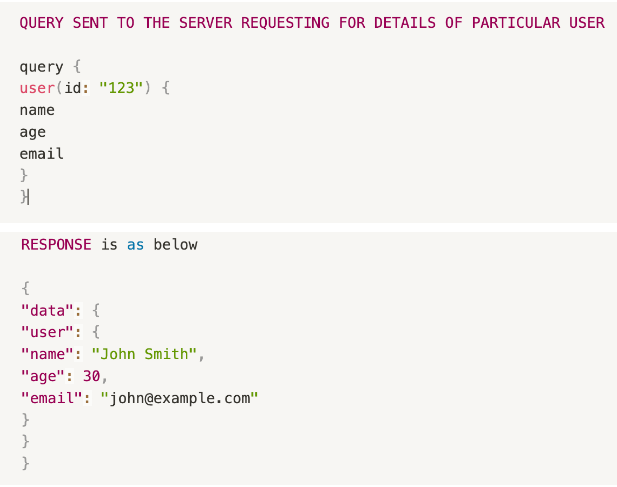
Facebook developed GraphQL and uses it as the primary API for its mobile and web applications. Coursera uses GraphQL to power its API, allowing developers to build custom education and learning solutions on top of the Coursera platform.
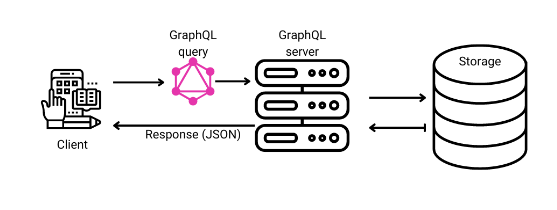
Advantages of GraphQL:
- Flexibility: GraphQL allows developers to request exactly the data they need rather than getting a fixed set of data from an endpoint. This makes it easier to evolve APIs over time and gives developers more control over the data they receive.
- Improved performance: GraphQL can improve performance by reducing the number of API requests and the amount of data transferred over the network. This is because GraphQL allows developers to request only the data they need rather than getting a fixed set of data from an endpoint.
- Strong type system: GraphQL has a strong type system that allows developers to define the structure of their data and the operations that can be performed on it. This makes it easier to build and maintain APIs over time.
- Language-agnostic: GraphQL is language-agnostic, meaning it can be implemented in any programming language. This makes it easy to build and consume GraphQL APIs from a variety of different systems.
Disadvantages of GraphQL:
- Learning curve: GraphQL has a steeper learning curve than some other API architectures, such as REST, because it has a more complex syntax and requires a deeper understanding of data structures and schemas.
- Caching: GraphQL does not have built-in support for caching, so developers must implement caching manually if it is required.
- Security: GraphQL does not have a built-in mechanism for securing data, so developers must manually implement security measures (such as JWT tokens or OAuth)
- Complexity: GraphQL can be more complex to set up and maintain than other API architectures, such as REST because it requires the use of a GraphQL server and schema. This can add an extra layer of complexity to API development and maintenance.
Work on BIG ideas, without big work.
Simplify test automation with our Unified platform for Enterprise stack across Web, Mobile, API, Desktop & Backend

gRPC API:
It is a high-performance, open-source remote procedure call (RPC) framework that uses HTTP/2 as the transport protocol. It is designed to be language- and platform-agnostic, allowing developers to build and consume gRPC services in a variety of programming languages and on different platforms.
gRPC uses a concept called "protocol buffers" (protobufs) to define the structure of the data and the operations that can be performed on it. Protobufs are a language- and platform-neutral data serialization format that allows developers to define data structures and the operations that can be performed on them clearly and concisely.. RPC is often used to build distributed systems, where different components of the system are located on different machines and need to communicate with each other. It allows these components to invoke functions on each other as if they were local, even if they are located on different machines.
gRPC's support for low-bandwidth and high-latency environments makes it a good choice for building APIs for IoT devices, such as smart home appliances or industrial sensors.
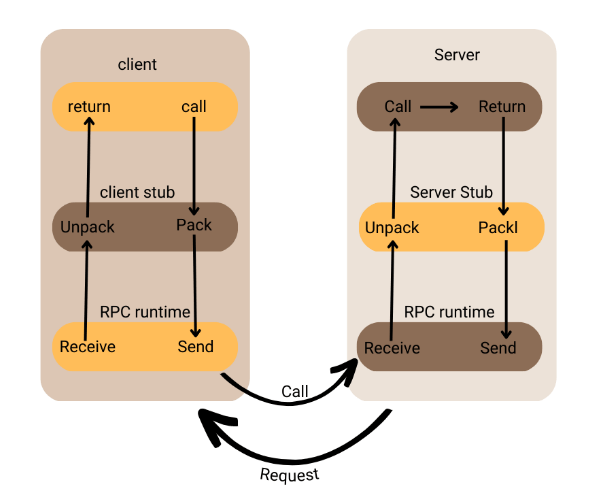
Advantages of gRPC:
- Performance: gRPC is designed for high performance, with support for features such as bidirectional streaming and protocol buffers, which can result in faster and more efficient communication between client and server.
- Scalability: gRPC is scalable, allowing it to handle a large number of requests without affecting performance. It is well-suited for building distributed systems that need to scale horizontally.
- Language and platform agnostic: gRPC is language- and platform-agnostic, allowing developers to build and consume gRPC services in various programming languages and on different platforms.
- Support for streaming: gRPC supports streaming data, allowing developers to build real-time applications such as chat or messaging systems.
Disadvantages of gRPC:
- Complexity: gRPC can be more complex to set up and maintain than other RPC frameworks, such as Apache Thrift because it requires the use of protocol buffers and a gRPC server. This can add an extra layer of complexity to API development and maintenance.
- Limited browser support: gRPC is not supported natively by web browsers, so developers must use a JavaScript library (such as grpc-web) to call gRPC APIs from a web browser. This can add an extra layer of complexity to the development process.
- Limited support for older systems: gRPC requires the use of HTTP/2, which older systems may not support. This can limit the use of gRPC in some environments.
- Limited error handling: gRPC does not have a built-in mechanism for handling errors, so developers must implement error handling manually.
Conclusion
There are numerous API protocols accessible, each with unique advantages and disadvantages. The best suitable protocol for a given application will rely on a number of variables, including the app's requirements and the API's capabilities. A test engineer must be adaptable enough to work with any API type. The cumulative load of underlying technicalities can be lessened by working with a supportive instrument like ACCELQ.
Discover More
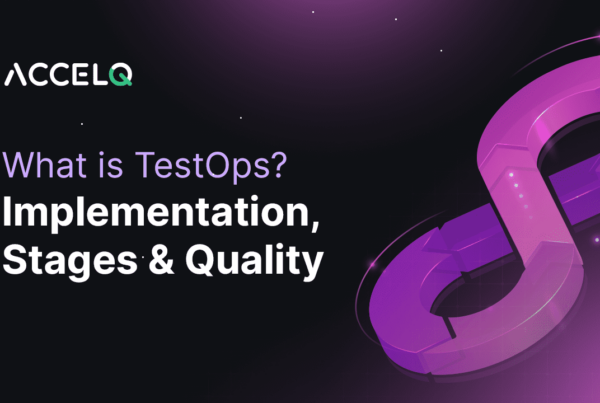 What Is TestOps? Implementation, Stages & Quality
What Is TestOps? Implementation, Stages & Quality
What Is TestOps? Implementation, Stages & Quality
 ACCELQ API Test Automation
ACCELQ API Test Automation






























